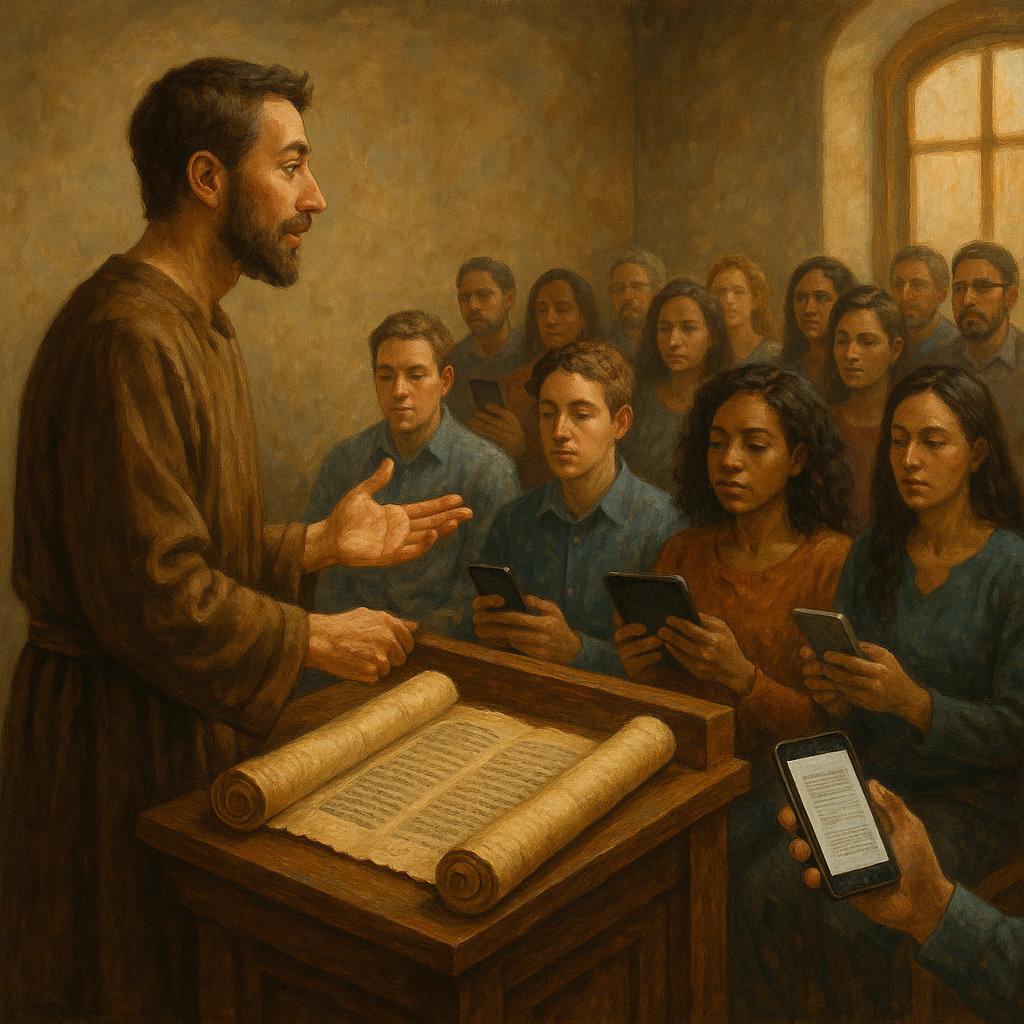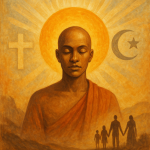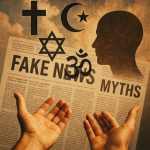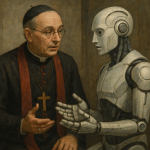Ancient Texts & Modern Audiences: How Religious Teaching is Evolving
The sacred texts of the world’s religions — the Vedas, Bible, Quran, Guru Granth Sahib, Tripitaka, and countless others — have guided humanity for millennia. Yet, the way these scriptures are interpreted, taught, and understood is undergoing a remarkable transformation. Modern audiences live in a world shaped by science, technology, and pluralism. They question, explore, and seek meaning beyond blind faith. As a result, religious teaching today is evolving — not to dilute tradition, but to make timeless wisdom relevant to contemporary lives.
From Recitation to Interpretation
In earlier centuries, sacred learning was largely oral and ritualistic. Followers memorized verses, often without access to their deeper meaning. Knowledge was transmitted through priests, monks, and scholars who acted as intermediaries between scripture and the seeker. However, in the 21st century, this model has shifted dramatically.
Modern learners want not just to hear the scripture but to understand it. They seek context — historical, psychological, and ethical. Religious educators now explain why certain verses were written, how they apply to present challenges, and what universal truths they contain. This interpretive shift has turned spiritual study into a dynamic conversation rather than a one-way discourse.
For example, the Bhagavad Gita, once taught as a metaphysical text, is now discussed in management workshops for lessons on leadership and stress management. Similarly, the Bible is studied in universities not only as theology but also as literature and moral philosophy. The Quran is explored through interfaith dialogues emphasizing compassion and justice over dogma. This approach bridges faith and intellect — something ancient teachers like Socrates, Buddha, and Shankaracharya themselves encouraged in their own eras.
Digital Dharma and Online Scriptures
Technology has revolutionized how people engage with religion. Sacred texts once confined to temples or seminaries are now available online — translated, annotated, and searchable in multiple languages. Apps provide daily verses, podcasts explain doctrines, and YouTube channels stream live commentaries.
This accessibility has democratized religious education. A student in Toronto can listen to a Vedic scholar from Varanasi; a seeker in Nairobi can join a Quranic reflection group in Dubai. Faith has gone global, transcending geography and hierarchy.
Yet, digital platforms do more than spread content — they reshape the tone of teaching. Spiritual leaders now use short videos, infographics, and storytelling to make complex ideas understandable. The language is conversational, not clerical. Sermons that once required sitting cross-legged in an ashram can now be consumed while commuting. This has turned ancient scriptures into living texts — continuously interpreted, discussed, and rediscovered by millions.
Women and Youth in the New Spiritual Classroom
Another important evolution in religious teaching is inclusivity. Historically, sacred education was often dominated by men and elders. Today, women scholars, monks, and teachers are reclaiming interpretive authority. Figures like Mata Amritanandamayi, Sister Shivani, and Bhikshuni Dhammananda represent a broader trend of female voices reshaping scriptural narratives with empathy and equality.
Younger audiences, too, are transforming the landscape. Many millennials and Gen Z seekers do not identify as “religious” but as “spiritual.” They approach ancient texts with curiosity rather than obligation. Teachers respond by linking scriptures to real-life issues — environmental ethics, mental health, social justice, and technology.
For instance, Buddhist teachers relate mindfulness to anxiety management, while Sikh preachers connect seva (service) with community welfare. The goal is not just salvation after death but peace and purpose during life. This practical spirituality makes ancient wisdom feel alive and immediate.
Interpreting Without Distorting
While adaptation is essential, it brings a delicate challenge — how to modernize without misrepresenting. Oversimplified or commercialized teachings risk turning profound texts into motivational slogans. The sacred must not be reduced to sound bites.
Responsible religious educators now emphasize contextual fidelity — staying true to the original intent of scripture while drawing modern parallels. They encourage comparative study, allowing learners to see similarities between different traditions rather than reinforcing divisions. For instance, the Upanishadic idea of Atman (self) finds echoes in Christian notions of the soul and Sufi ideas of divine unity. Such cross-cultural understanding strengthens respect and harmony in diverse societies.
Moreover, institutions are combining spiritual education with academic rigor. Universities in India, the U.S., and Europe now offer courses on Hindu, Islamic, or Buddhist philosophy through historical and linguistic analysis. This blend of devotion and scholarship ensures that ancient texts are approached with both reverence and reason.
Faith, Ethics, and the Future of Teaching
In a time when misinformation and moral confusion abound, the ethical dimensions of sacred texts are gaining renewed attention. Religious teachers are reframing scriptures as guides to ethical citizenship — emphasizing honesty, compassion, sustainability, and social justice.
The environmental movement, for example, often draws from ancient spiritual teachings that view nature as divine. The Hindu idea of Prakriti, the Buddhist concept of interdependence, and the Islamic ethic of stewardship all inspire ecological consciousness. By connecting scripture to modern global issues, faith leaders show that ancient wisdom still holds the keys to humanity’s survival and harmony.
Ancient texts are not relics; they are repositories of timeless insight. What is changing is the method of engagement. Today’s spiritual teachers are translators — not only of language but of meaning, relevance, and emotion. They bridge millennia, making sacred wisdom accessible to a generation raised on information but hungry for wisdom.
As long as humanity seeks purpose, these texts will continue to evolve — not in essence, but in expression. The scriptures that once spoke through sages in forests now speak through podcasts and classrooms, yet their message remains the same: truth is eternal, only its telling changes with time.
~Religion World Bureau









